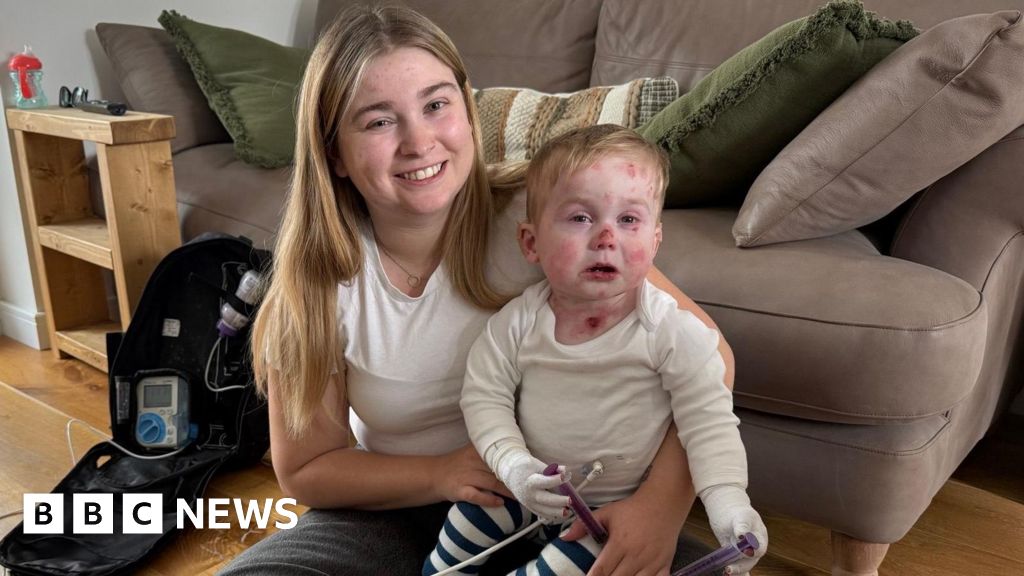Annual Observance Highlights Stroke Awareness Among Spanish-Speaking Populations in 2025
FAIRFAX, Va., April 17, 2025 /PRNewswire/ -- Stroke remains a significant health concern, particularly for the Hispanic community in the United States. Recent statistics reveal that stroke is the fourth leading cause of death among Hispanic men and ranks as the third leading cause for Hispanic women. Alarmingly, data from the Centers for Disease Control and Prevention (CDC) indicates that only 58% of Hispanic adults can properly recognize the symptoms of a stroke. This figure stands in stark contrast to their Black and white counterparts, with recognition rates of 64% and 71% respectively. Given that a severe stroke can lead to the loss of nearly two million brain cells every minute, it is imperative to enhance awareness about stroke symptoms within Hispanic populations. To address this critical issue, the upcoming Survive Stroke Week, scheduled from May 4 to May 10, aims to elevate public understanding during Stroke Awareness Month this May.
This years theme for Survive Stroke Week focuses on the Spanish acronym RPIDO, specifically crafted to facilitate recognition of stroke symptoms among Hispanic audiences across the United States. The acronym serves as an accessible tool to promote understanding and urgency in stroke response.
WHAT: In the medical community, physicians commonly employ the acronym "BE FAST" to help individuals identify the warning signs of a stroke: Balance loss, Eyesight changes, Facial drooping, Arm weakness, Speech difficulty, and the critical reminder to Time to call 911. Following this successful model, RPIDO translates to:
- R - Rostro cado (Facial drooping)
- A - Alteracin del equilibrio (Loss of balance)
- P - Prdida de fuerza en el brazo (Loss of strength in the arm)
- I - Impedimento visual repentino (Sudden vision impairment)
- D - Dificultad para hablar (Difficulty speaking)
- O - Obtenga ayuda rpido (Get help quickly)
WHO: The Society of NeuroInterventional Surgery (SNIS) launched the Get Ahead of Stroke campaign in 2016. This national public education and advocacy effort aims to enhance the systems of care available to stroke patients. While much of Stroke Awareness Month emphasizes prevention strategies, the creation of Survive Stroke Week seeks to fill the existing gap in education surrounding stroke symptoms and appropriate, life-saving treatments.
WHY: Since 2013, there has been a notable increase in stroke incidences among the U.S. Hispanic population; however, disparities in care continue to persist. Research indicates that a higher proportion of white patients (37.4%) arrive at medical facilities within three hours of the onset of stroke symptoms compared to only 28.9% of Hispanic patients. By improving awareness of stroke symptoms and necessary responses, more individuals can access timely and life-saving medical care.
INTERVIEW: For those interested in scheduling an interview with a leading stroke surgeon regarding these issues, please reach out via email at contact@strokeawareness.org or call 202-248-5460.
The Get Ahead of Stroke campaign has garnered support from a coalition of organizations committed to ensuring the best possible outcomes for stroke patients across the nation. By advocating for policy changes and enhancing public awareness, the campaign strives to make a significant impact in the fight against stroke. For more information and updates, follow us on Facebook, X, and Instagram.




















